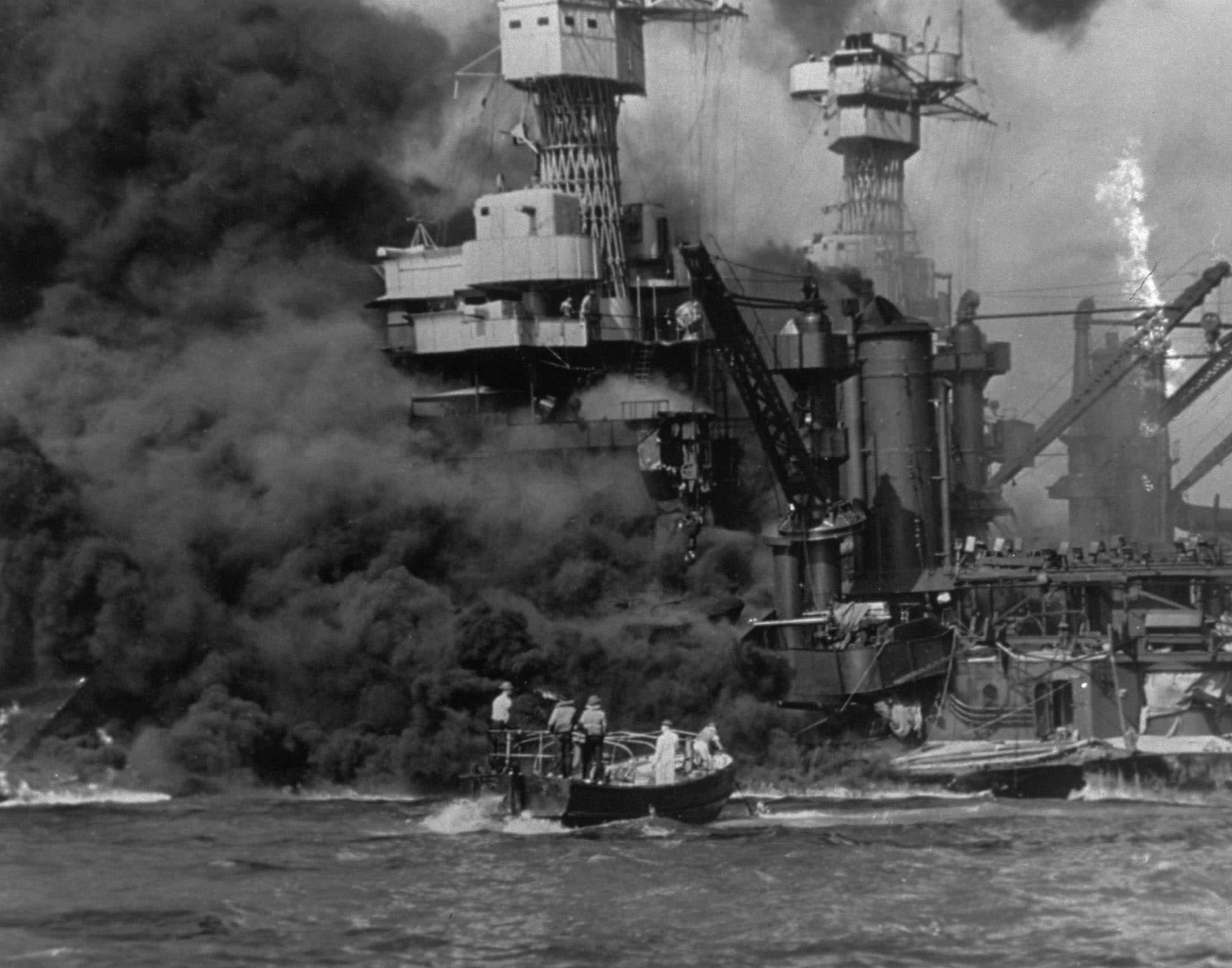Throughout world history, one of the ways many empires have expanded is by controlling the seas. Having a powerful navy allows countries and/or empires to protect their economies, secure trade routes, and increase military power.
As part of the history of naval warfare, there have been some notable warships that have an oversized influence over history. Whether these ships helped turn the tide of the war or played a crucial role in establishing peace, they have all helped influence history.
USS Constitution
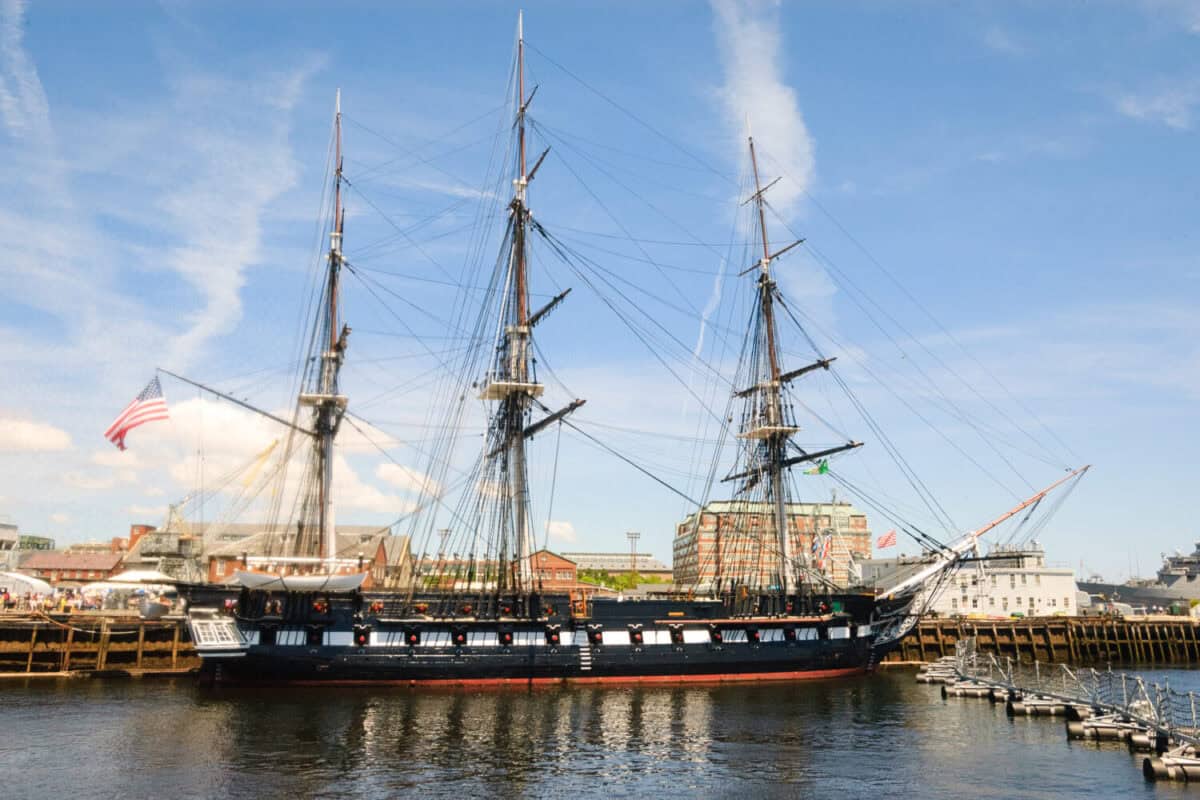
©Zack Frank/Shutterstock.com
Nicknamed “Old Ironsides,” the USS Constitution was the backbone of a new country’s navy in 1797. Filled with 30 24-pound cannons, the USS Constitution was ahead of its time. Considered the oldest U.S. commissioned warship still afloat, the Constitution held back the entire Royal Navy during the War of 1812, including the British ship HMS Guerriere, which was the pride of England’s fleet.
USS Enterprise
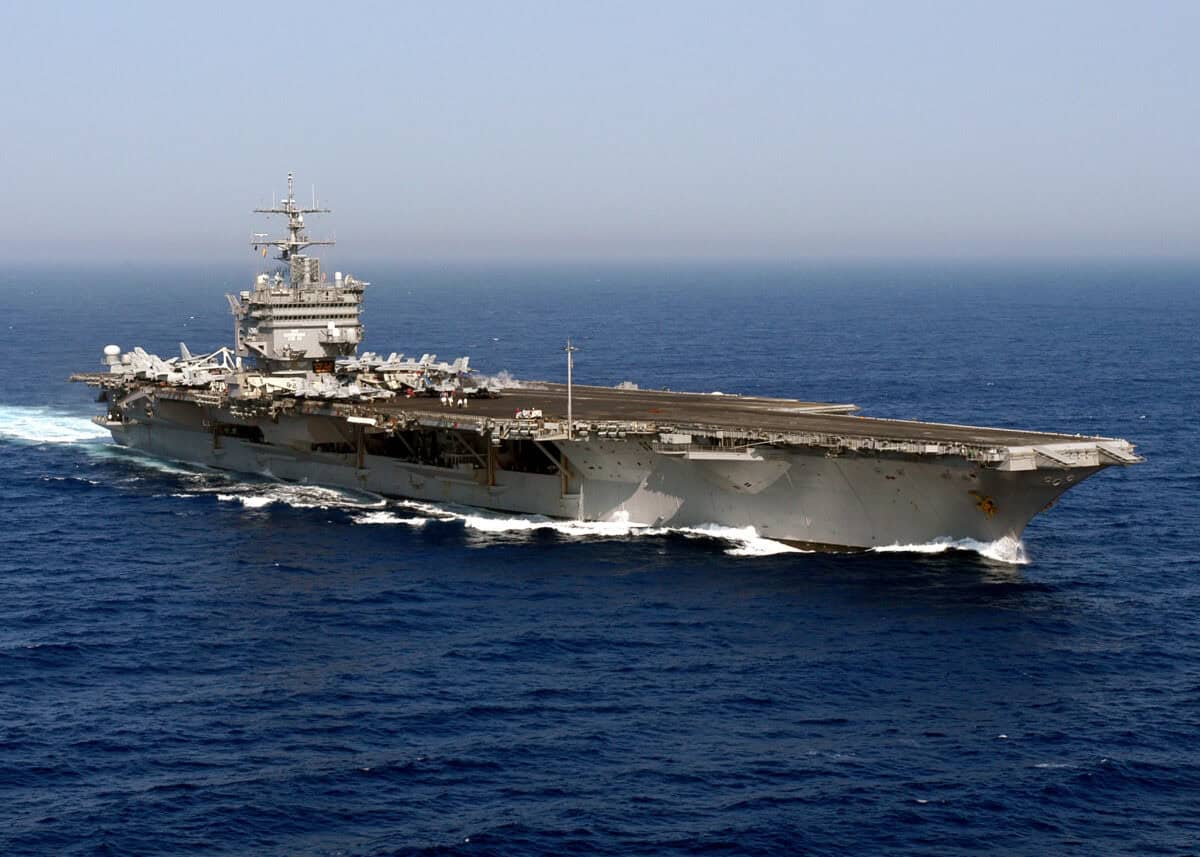
Nicknamed the “The Big E,” the USS Enterprise was a symbol of American power in World War II. Participating in major battles including Midway and Guadalcanal, the Enterprise helped turn the war in favor of the Allies. The Enterprise also launched the “Doolittle Raid,” which showed Japanese military leaders the U.S. could bomb Japanese home islands.
HMS Victory
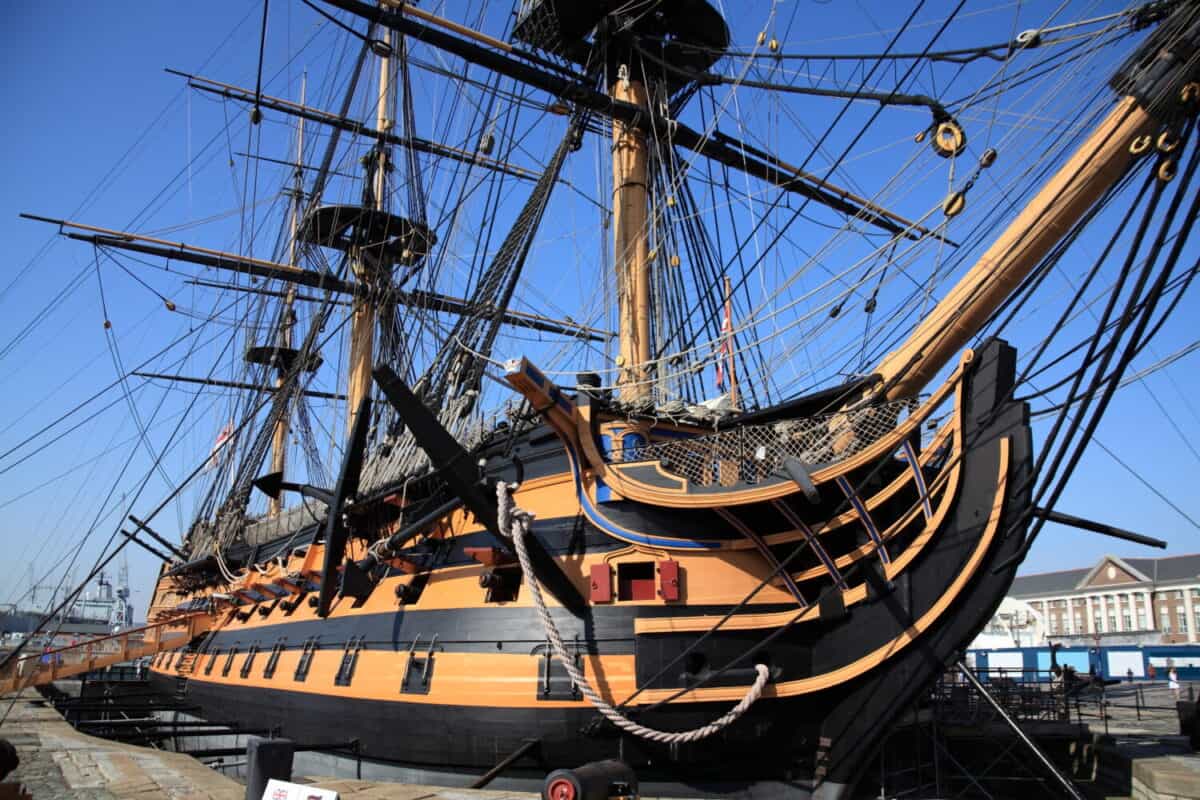
©Tony Baggett/Shutterstock.com
Led by the legendary British Admiral Horatio Nelson, the HMS Victory secured British freedom in 1805. During the Battle of Trafalgar in 1805, the combined French and Spanish fleets attempted to destroy the British fleet. If victorious, this would pave the way for Napoleon’s military to invade England. However, Nelson’s battle tactics and the Victory’s dominance stopped France’s advance.
HMS Dreadnought
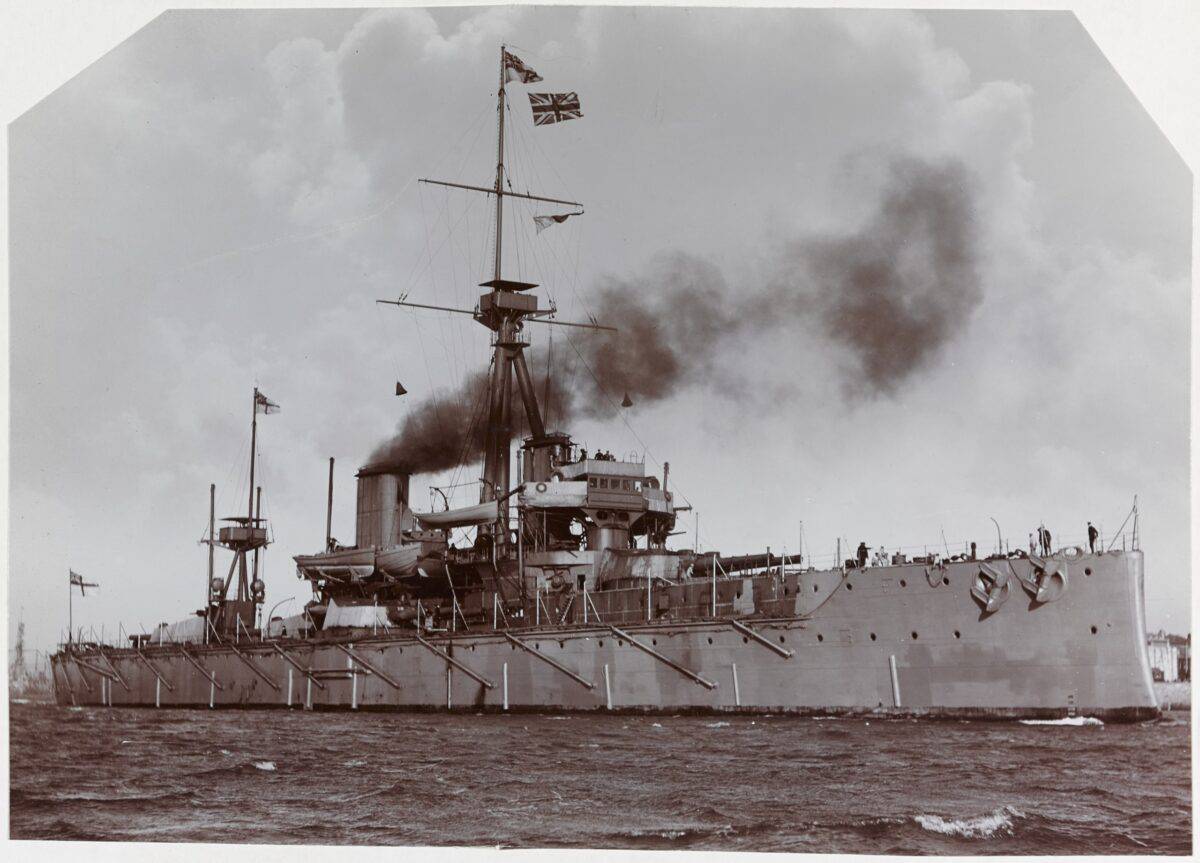
Built for the Royal Navy and launched in 1906, the HMS Dreadnought changed naval power forever. This ship was the first to have a main battery of guns, rather than smaller emplacements. As such, the Dreadnought only had 12-inch cannons. Most notable was that the ship was completely made of steel, rather than wood.
The Mary Rose
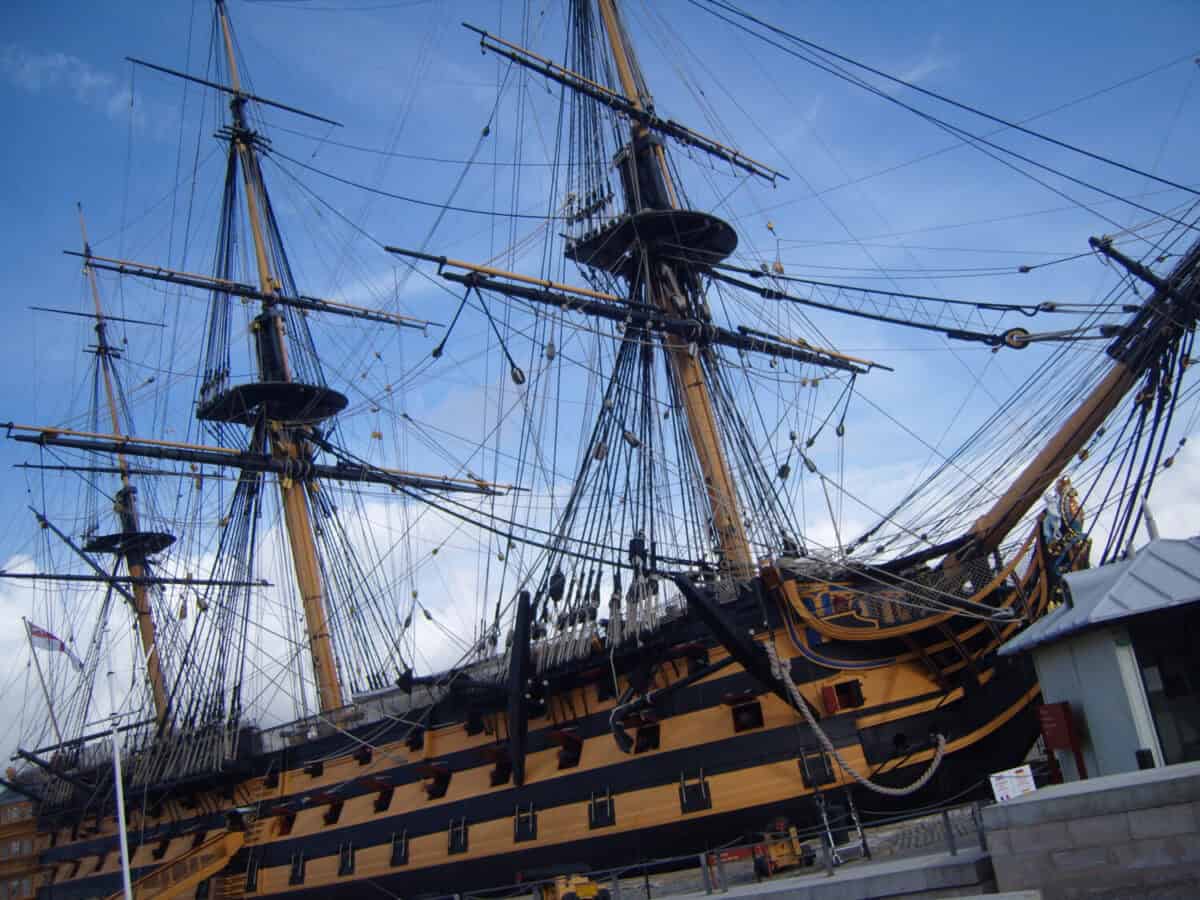
©Sibel Celikkardes/Shutterstock.com
Built for the English navy under King Henry VIII, the Mary Rose was a formidable ship. Launched in 1511, the ship fought in many battles until it sank in 1545. The Mary Rose was famous for being the first ship to use heavy guns and newly invented gun-ports. With the ability to fire a broadside barrage, The Mary Rose was able to approach enemy ships unlike any time in history.
USS Nautilus
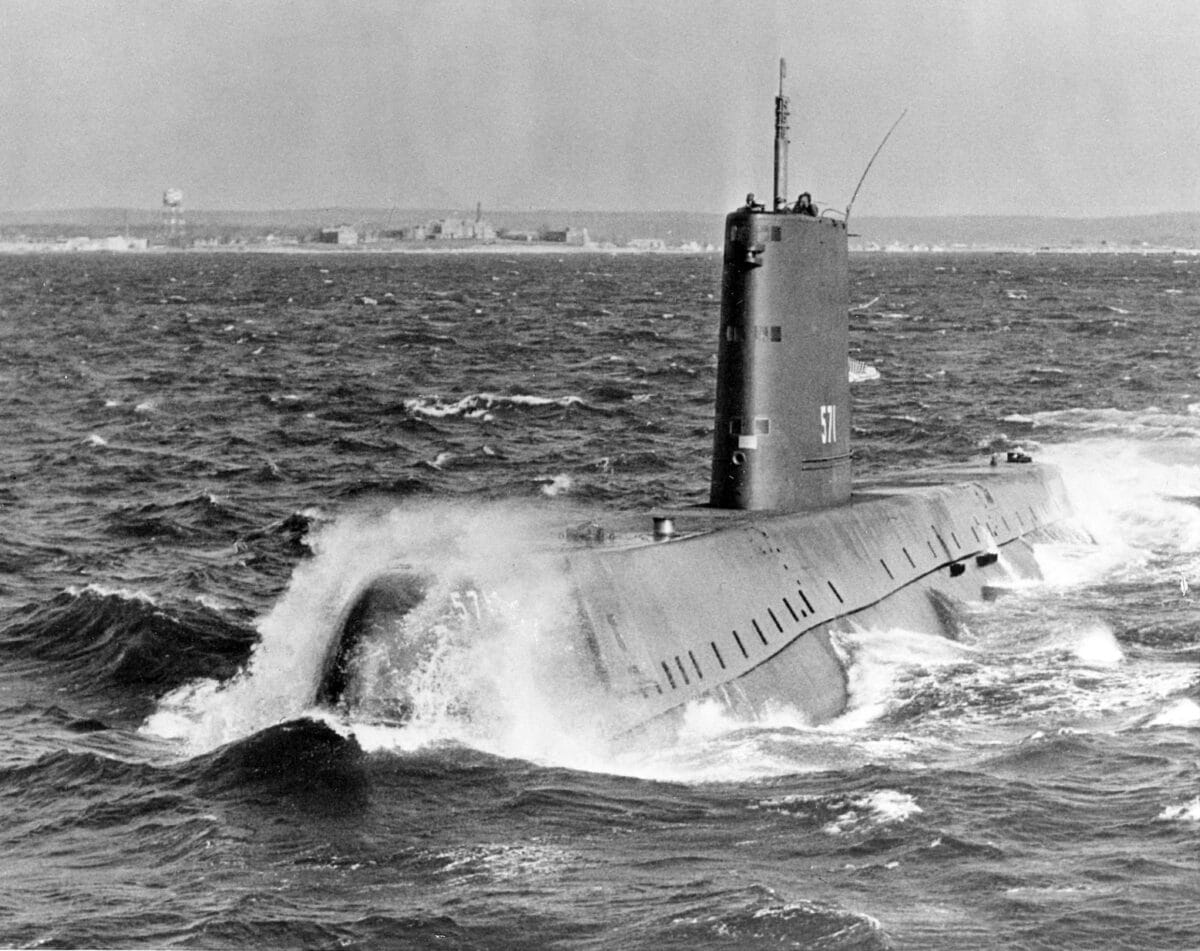
©USN official photo # 199068 / Public Domain - Original / License
As the world’s first nuclear-powered submarine, the USS Nautilus changed naval warfare forever. Completing a submerged transit of the North Pole in 1958, the effectiveness of the Nautilus was unparalleled. The success of the Nautilus allowed the U.S. to establish its “nuclear triad.” This triad gave the U.S. the ability to launch its nuclear arsenal from sea, land, and air.
Trireme

©LeaDigszammal/Shutterstock.com
Less an individual warship and more of a series of ships, the Trireme heavily influenced ancient naval warfare. Specifically was the Battle of Salamis where 200 Athenian triremes held fast against the invading Persian fleet. The result was that Greek democracy continued to thrive and Persia never successfully invaded Greece.
CSS Virginia

During the U.S. Civil War, the Confederate states created the world’s first operational warship with a revolving gun turret. An ironclad warship, the use of iron would revolutionize the future of naval warfare. Only 275 feet long, the CSS Virginia and its 320-person crew were only in the water for two years before its defeat in the Battle of Hampton Roads.
USS Monitor
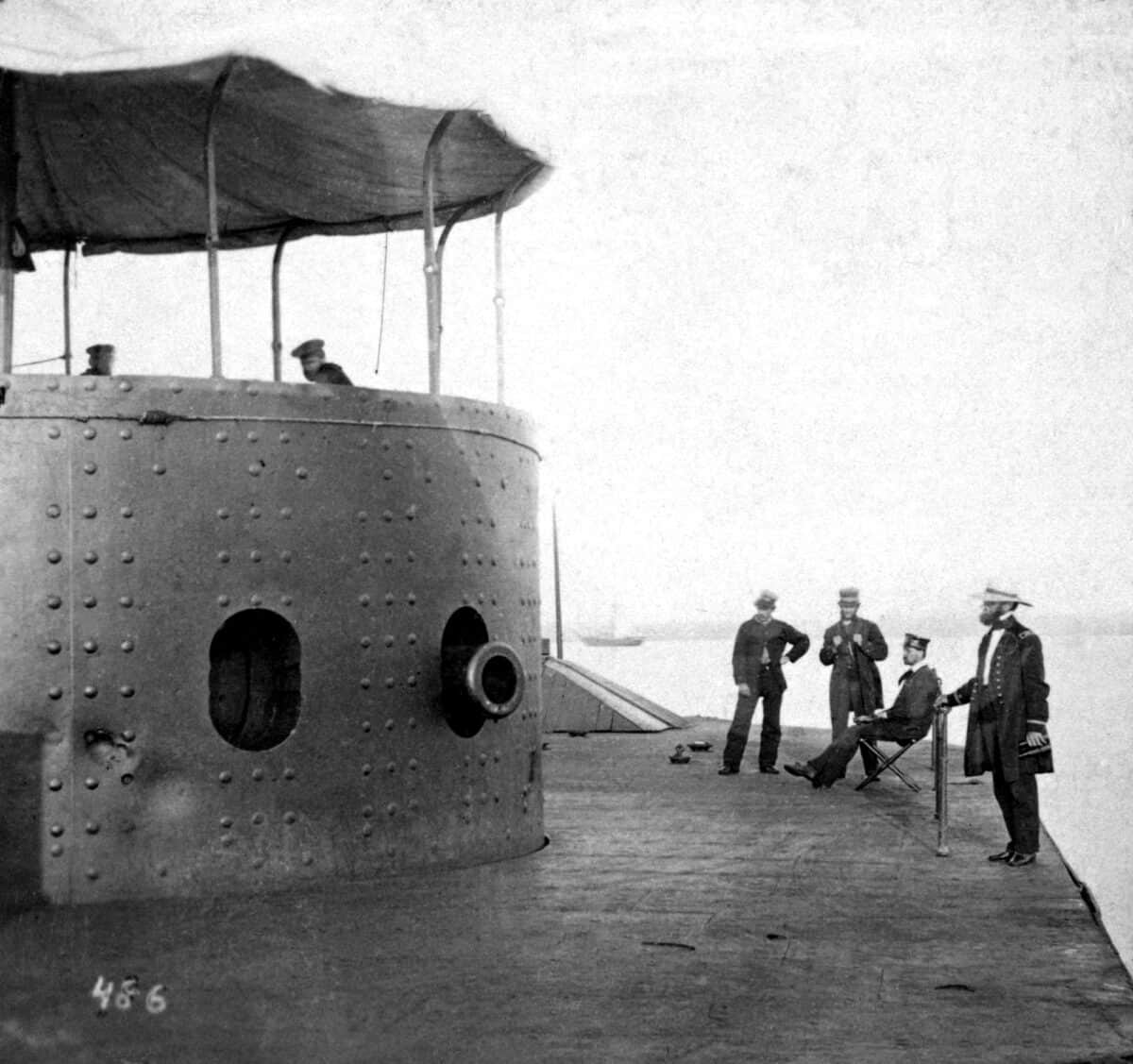
©Photographer for US Navy / Public Domain - Original / License
The Northern States’ answer to the CSS Virginia, the USS Monitor was commissioned in 1861. Around 179 feet in length, the USS Monitor only required 49 officers and enlisted persons to run the ship. Built out of the same iron as the CSS Virginia, the two boats traded shots at the Battle of Hampton Roads, otherwise known as the Battle of Ironclads.
HMS Argus
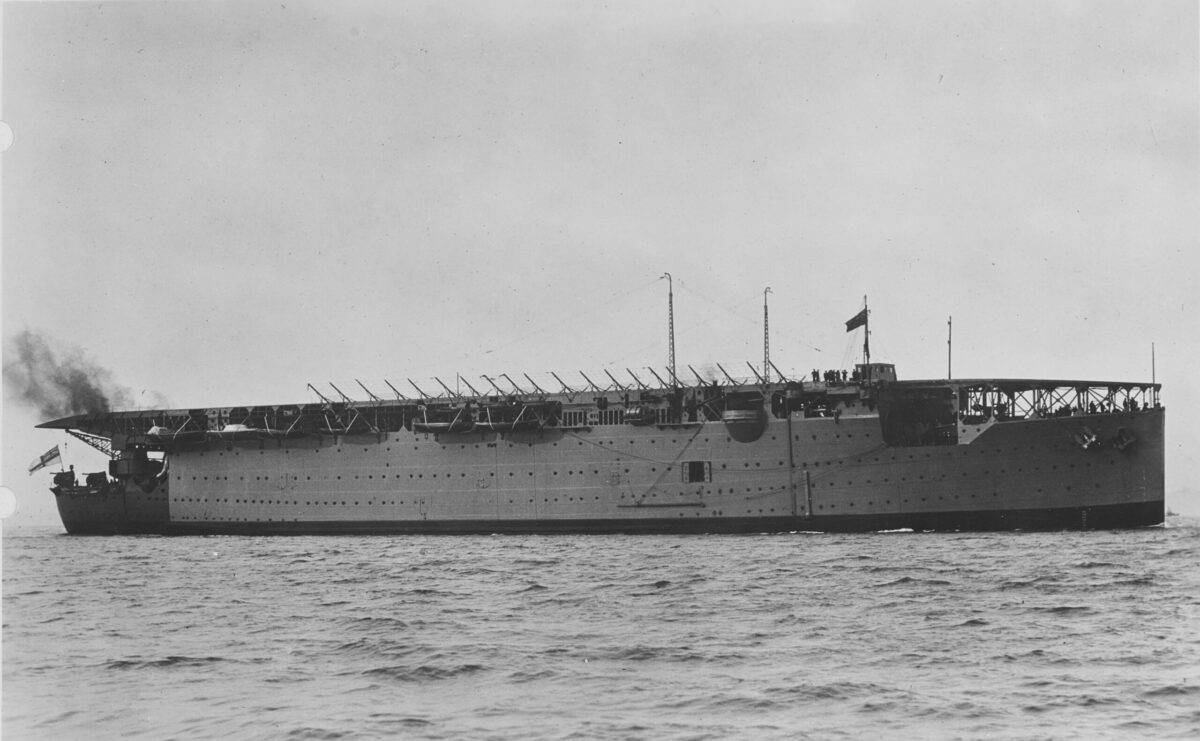
A British aircraft carrier that served the Royal Navy from 1918 to 1944, the HMS Argus changed naval history. As the first aircraft carrier with a full-length flight deck, wheeled aircraft could take off from the Argus. This carrier was surprisingly converted from an ocean liner and saw action in World War II.
H.L. Hunley
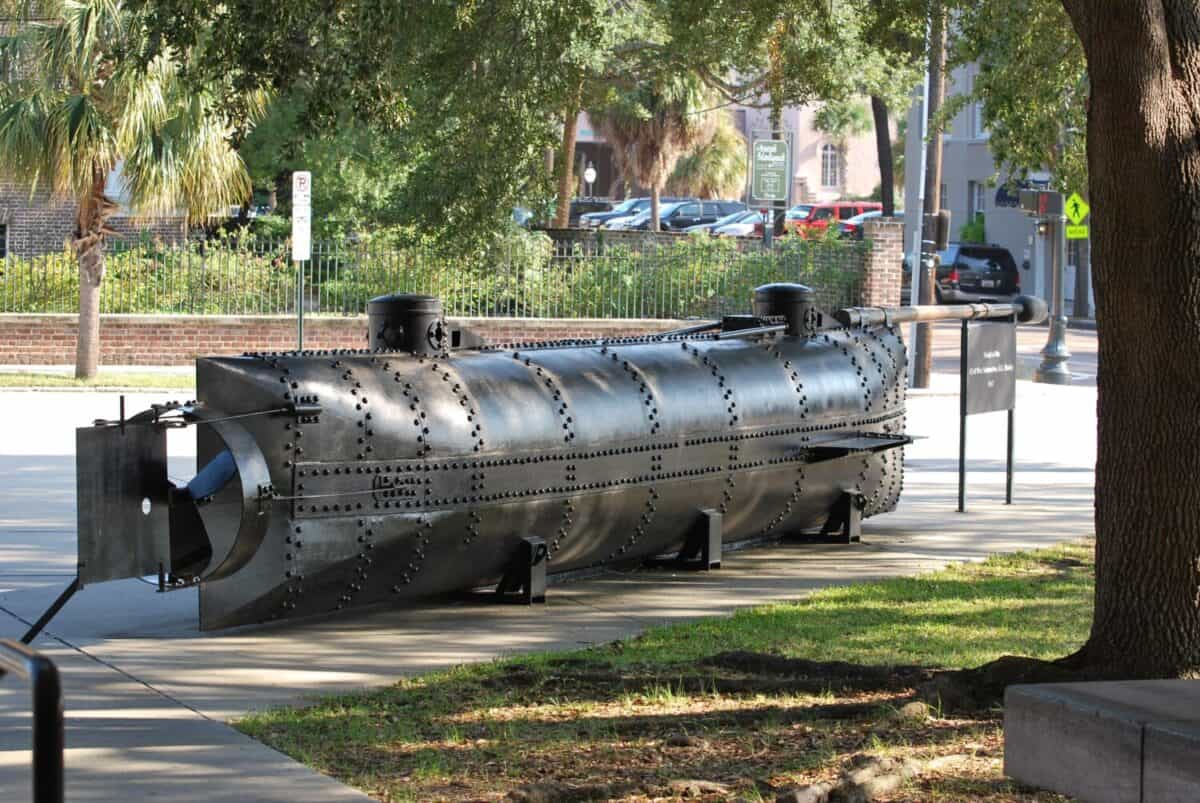
©Bob Hendry/Shutterstock.com
Built for the Confederate Navy during the U.S. Civil War, the H.L. Hunley holds the honor of being the first submarine to sink a warship. When the Hunley fired on the USS Housatonic, the Hunley was not completely submerged but immediately showed the advantages of underwater warfare.
USS Maine

What’s most notable about the USS Maine is that it never saw any combat. However, it was the sinking of the USS Maine in Havana, Cuba harbor that led to the Spanish-American War. With claims the Spanish intentionally sunk the ship, the war led to the U.S. becoming a dominant force in the Caribbean including the acquisition of Puerto Rico, Guam, and the Philippines.
USS Missouri

©Ppictures/Shutterstock.com
Nicknamed the “Mighty-Mo,” the USS Missouri was commissioned on June 11th, 1944. An Iowa-class battleship built for the United States Navy, the Missouri represents the last battleship the U.S. ever commissioned. After participating in the Battle of Iwo Jima and Okinawa, Missouri was best remembered for being the location where Japan surrendered to the U.S.
La Gloire
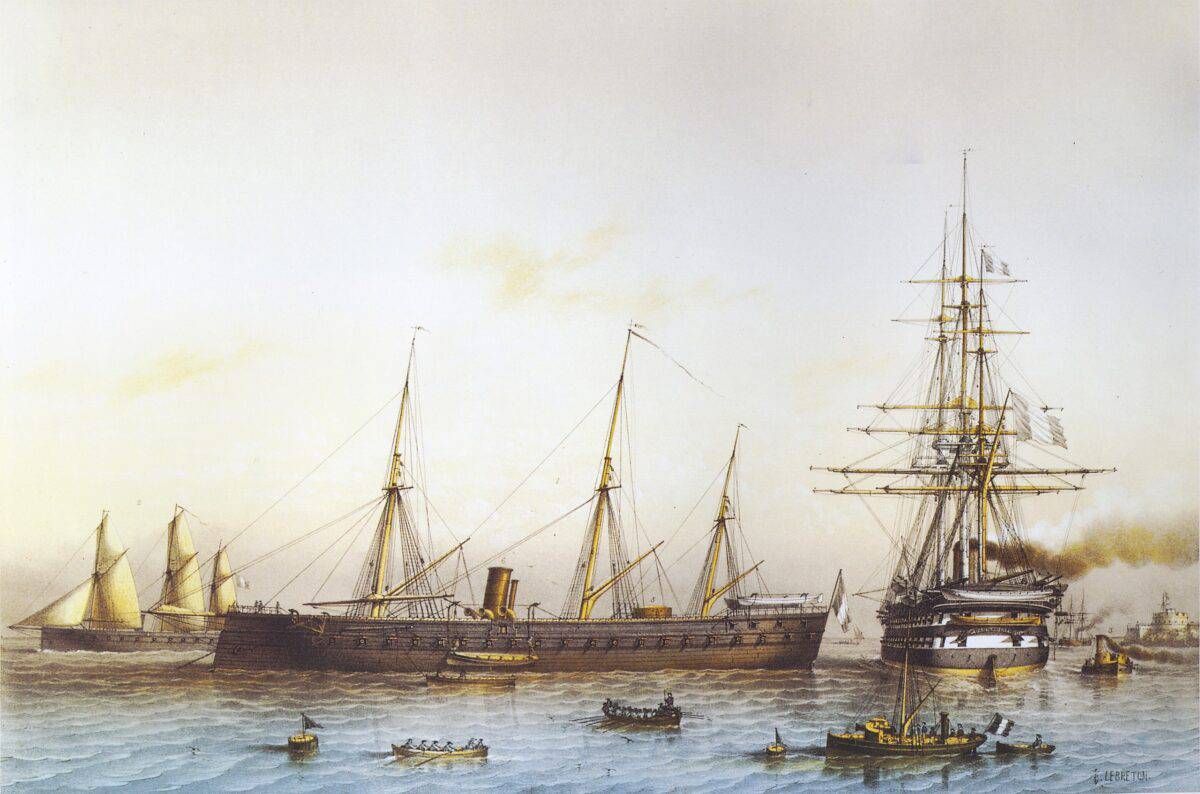
While the Battle of the Ironclads is best remembered as the first iron warship battle, La Gloire was the first ironclad. Developed by the French and launched in 1859, La Gloire was designed with an outer iron support system and wooden hull. The 12 cm thick armored plates could stop the strongest 50-pound French and 68-pound British guns at the time.
The image featured at the top of this post is ©Rights-Managed Getty Images.
